Think Machu Picchu is the only showstopper? Think again. Tucked between Cusco and the cloud-kissed Andes are ancient sites most travelers skip—but shouldn’t. If you’re planning your first Peru trip, start with my solo travel planning guide to get the logistics right. From cliffside temples to Incan engineering marvels, the Sacred Valley ruins will leave you stunned (and probably planning your second trip before the first one ends like me!).
In this post, I’m sharing the top historical sites in the Sacred Valley that you absolutely cannot miss—plus the most charming places to stay and tour options (yep, some links below are affiliate links, which means I may earn a commission at no extra cost to you. Gracias for the support!).
- Why the Sacred Valley Should Be on Every Travel Bucket List
- 1. Ollantaytambo: The Living Inca Town
- 2. Moray: The Incan Agricultural Lab
- 3. Pisac Ruins: Temples in the Clouds
- 4. Chinchero: Woven in Time
- 5. Tipón: The Incan Water Temple
- 6. Q’enqo: The Ritual Labyrinth
- 7. Sacsayhuamán: The Incan Masterpiece
- What to Pack for Sacred Valley Days
- Final Thoughts: Is the Sacred Valley Worth It?
Why the Sacred Valley Should Be on Every Travel Bucket List
The Sacred Valley, or “Valle Sagrado,” was prized by the Incas for its fertile soil, stunning elevation, and strategic location between Cusco and Machu Picchu. But more than that, it’s alive with history.
Here, you’ll see how the Incas lived, loved, ruled, and rebelled—without crowds swarming every corner like at Machu Picchu.
1. Ollantaytambo: The Living Inca Town
This living town was once Emperor Pachacuti’s royal estate, built into strategic terraces and canals. In 1537, Inca emperor Manco Inca famously ambushed Spanish forces here—using irrigation to flood the plain, securing a rare Indigenous victory by forcing Hernando Pizarro to retreat. Even today, locals live on original Inca foundations, and the fortress hill displays both ceremonial and strategic architecture .
🔗 Book a tour that includes Ollantaytambo and more
📍 Stay at El Chasqui Ollantaytambo
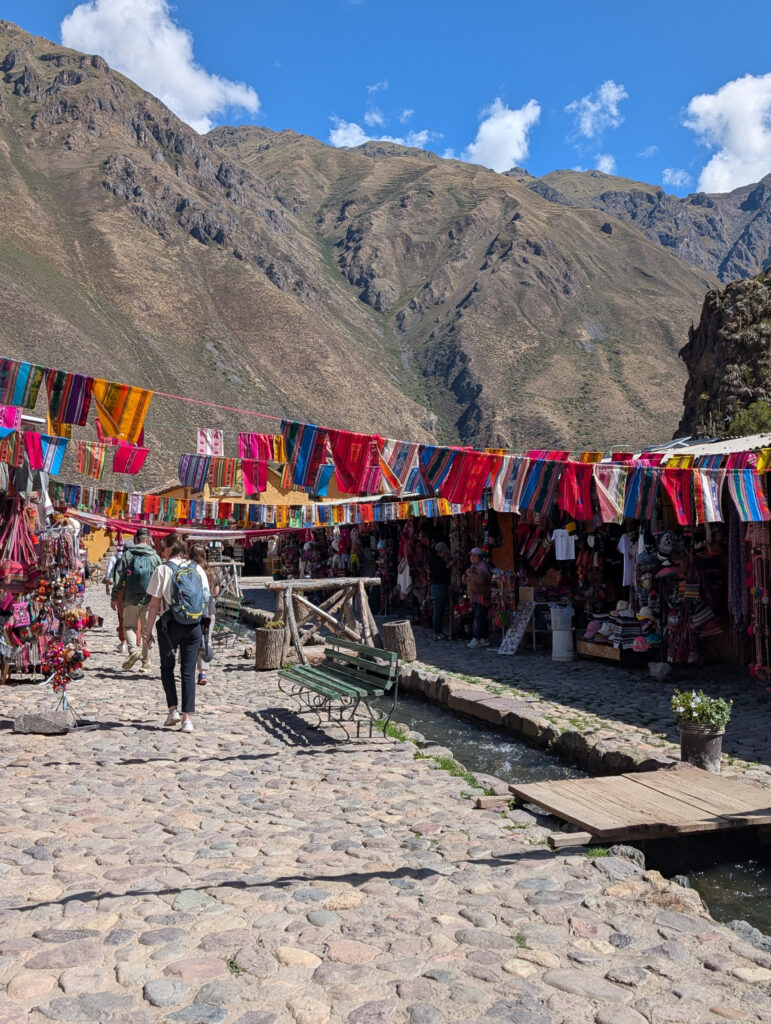
2. Moray: The Incan Agricultural Lab
These astonishing concentric terraces acted as altitude simulators, with a temperature difference of 15 °C from top to bottom—designed by the Incas to mimic diverse microclimates. They allowed ancient scientists to experiment with rainfall, soil, and crop adaptation across elevations—likely feeding food security and crop variety.
🔗 Explore Moray and Maras Salt Mines
3. Pisac Ruins: Temples in the Clouds
Perched at 3,300 m, these ruins were a multi‑purpose citadel built by Pachacuti mid-15th century. The site’s layout—carefully designed to resemble a partridge (P’isaq)—pays homage to this bird’s symbolism of abundance and connection to the land in Incan cosmology.
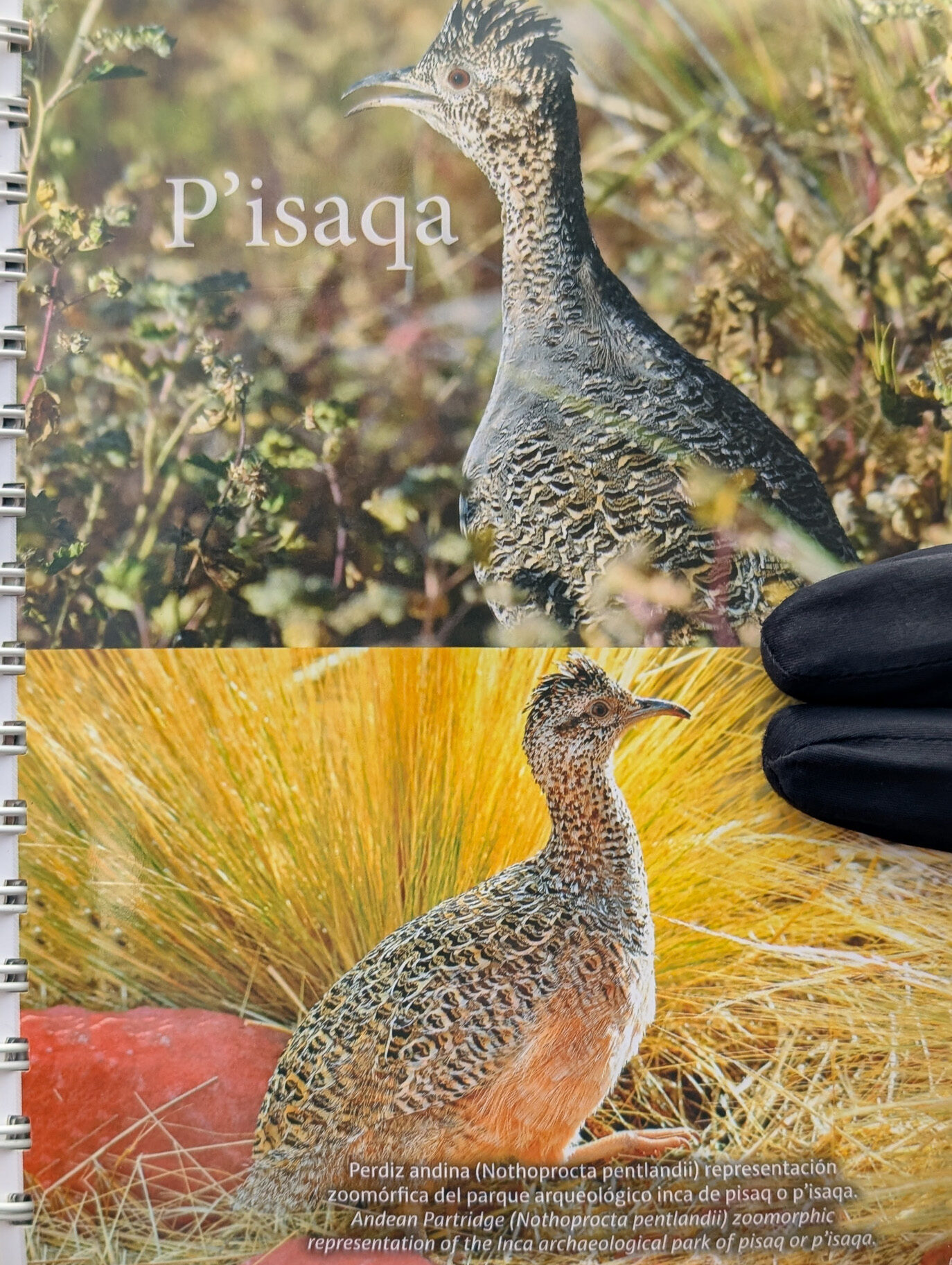
Pisac served many roles: a royal estate, spiritual observatory, and military fortress. The massive terraces stabilized the steep mountain slope and produced food for nearby communities. The Intiwatana, or “hitching post of the sun,” hints at astronomical use, aligning with solstices and celestial events. Its temples, water channels, and cliffside construction also made it a powerful defensive point against eastern threats to Cusco.
🔗 Sacred Valley full-day tour with Pisac
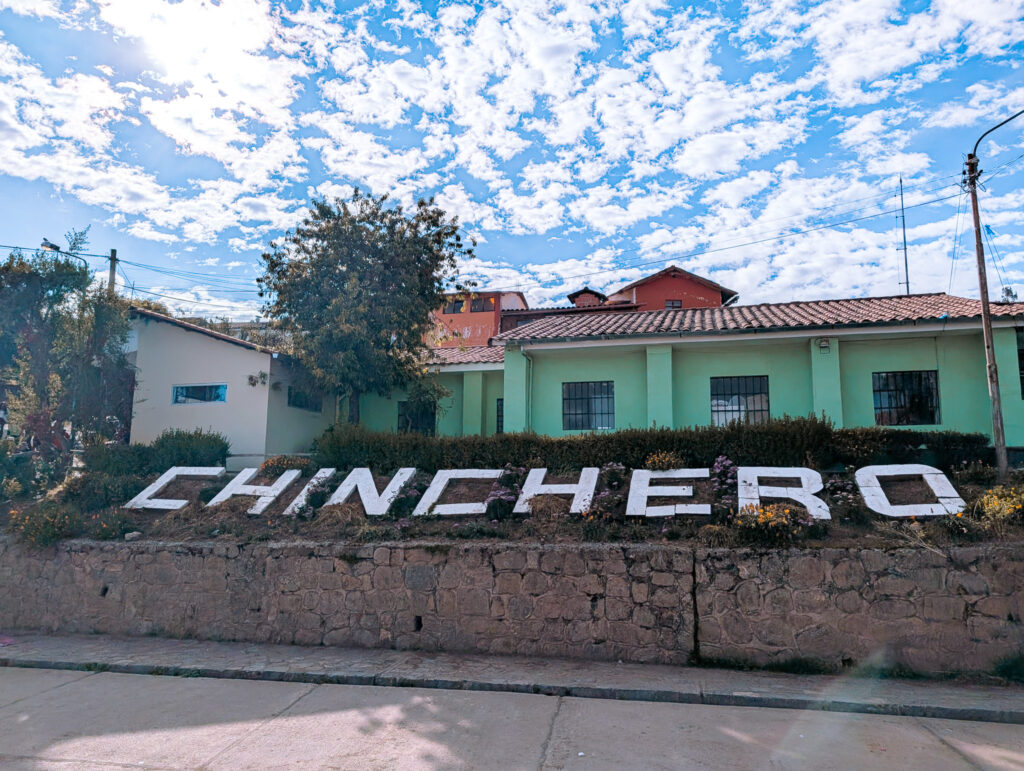
4. Chinchero: Woven in Time
Perched above the valley, Chinchero was both a sacred textile center and royal estate. Its iconic church was built atop an original Inca palace—a living testament to cultural fusion. Today, local artisans continue weaving traditional cloth using centuries-old techniques, keeping Inca traditions alive.
🔗 Visit Chinchero, Moray & Maras Salt Mines
5. Tipón: The Incan Water Temple
This near-uncrowded site is one of the Incas’ greatest hydraulic masterpieces. Its terraces, aqueducts, fountains, and subterranean channels not only irrigated crops but were likely used in water ceremonies to bless Pachamama (Mother Earth). Tipón was also a royal estate—elegantly blending utility and ritual.
🔗 Book the Southern Valley Tour featuring Tipón
📍 Stay in Cusco: Antigua Casona San Blas
6. Q’enqo: The Ritual Labyrinth
This intimate temple complex features labyrinthine chambers, carved altars, and amphitheater-like spaces—used for sacrificial rituals and possibly mummification ceremonies. Located just a mile from Cusco’s Plaza de Armas, Q’enqo was a spiritual hub for offerings to Andean deities.
🔗 Add Q’enqo to a Cusco city tour
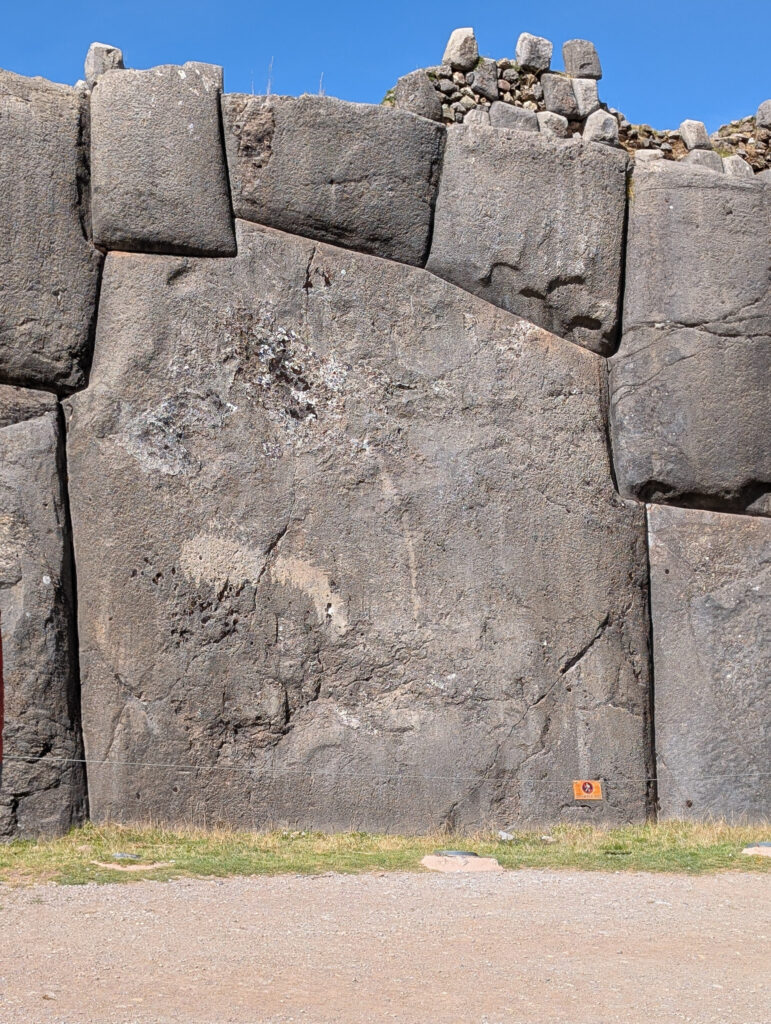
7. Sacsayhuamán: The Incan Masterpiece
Known as “the falcon’s satisfaction,” Sacsayhuamán is a massive fortress built by Pachacutec in the 15th century and finished by Huayna Capac. Its zigzagging walls use boulders weighing up to 100 tons, intricately fitted without mortar—a marvel of Inca engineering and astronomy. It was also a ceremonial stage for Sun festivals like Inti Raymi, and played a key role during the Spanish siege of Cusco in 1536.
🔗 Book the half-day Sacsayhuamán tour
What to Pack for Sacred Valley Days
All these items are rated 4.5⭐ or higher, designed for comfort and reliability during long archaeological days:
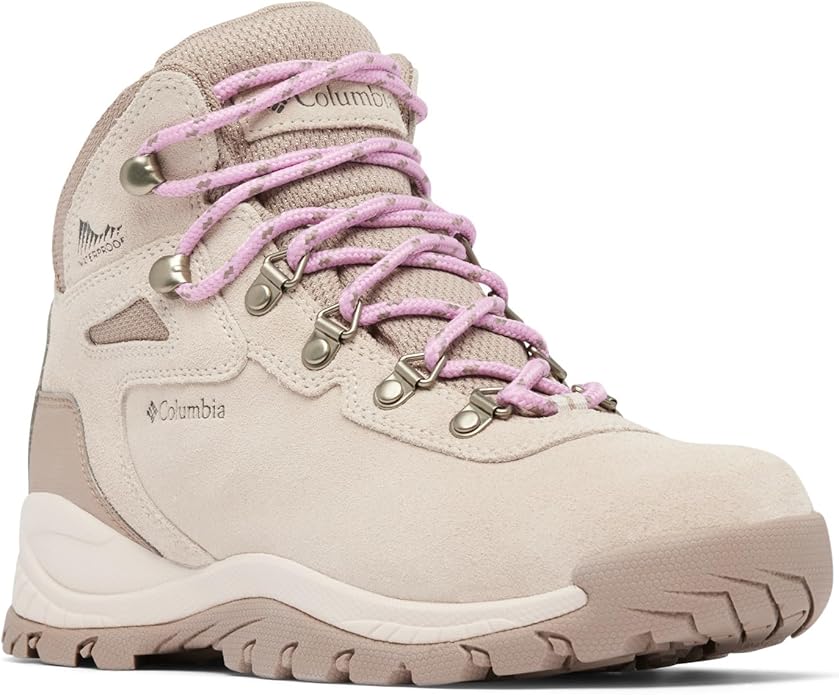
👟 Waterproof Hiking Shoes or Trekking Shoes – durable, supportive, and trail-ready
Pro tip: If you’re coming from sea level like I was, read my altitude survival guide first – trust me on this one.
Final Thoughts: Is the Sacred Valley Worth It?
Absolutely—without a doubt.
This ancient corridor of the Incas is spiritual, strategic, and soul-stirring. From water temples and living towns to fortress citadels, each site reveals layers of Inca brilliance and resilience. The Sacred Valley is more than a stopover before Machu Picchu—it’s the soul of the Incan empire. From ancient water temples to massive fortresses in the clouds, it’s one of the most spiritually and historically rich places I’ve ever explored.
So whether you’re a history lover, spiritual wanderer, or photography addict, these Sacred Valley secrets are the pulse behind Peru’s greatest story.
Ready to plan your Sacred Valley adventure? I’ve mapped out the perfect 3-day itinerary that hits all the highlights.
Save this post for your Sacred Valley itinerary!
Disclosure: Some tour and product links are affiliate links. I may earn a small commission—at no extra cost to you—if you book or buy through them. Rest assured, I only recommend what I truly believe in.
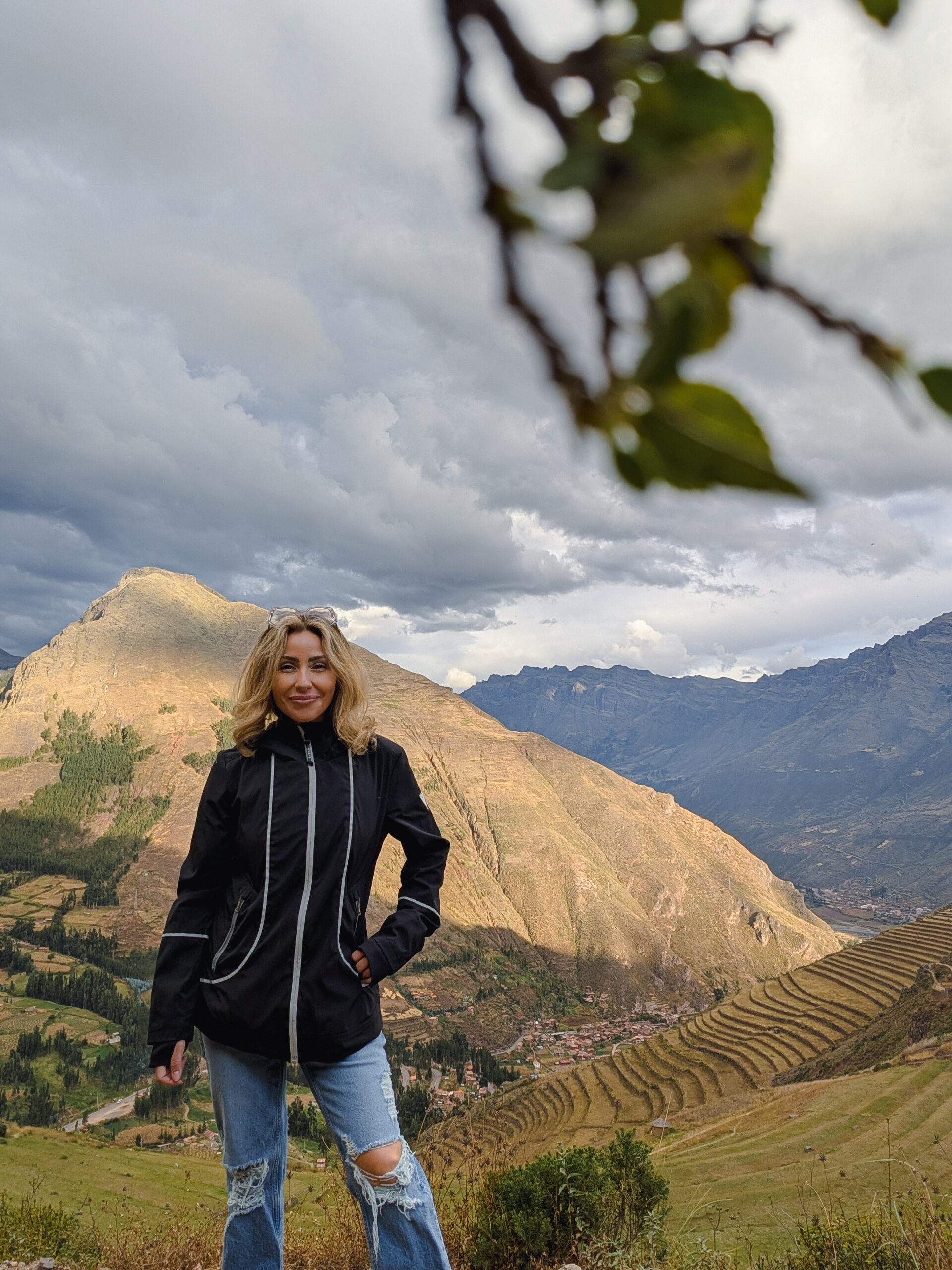
Leave a Reply
You must be logged in to post a comment.